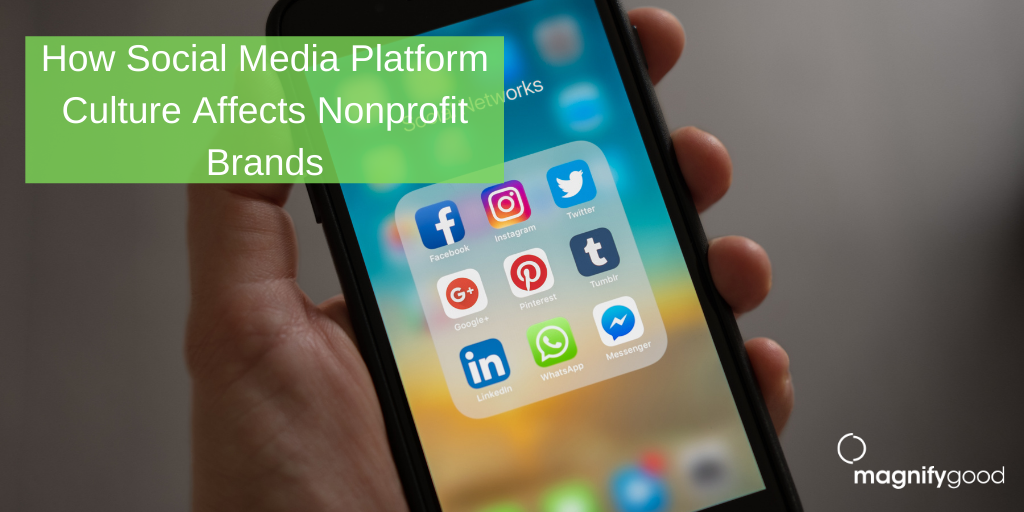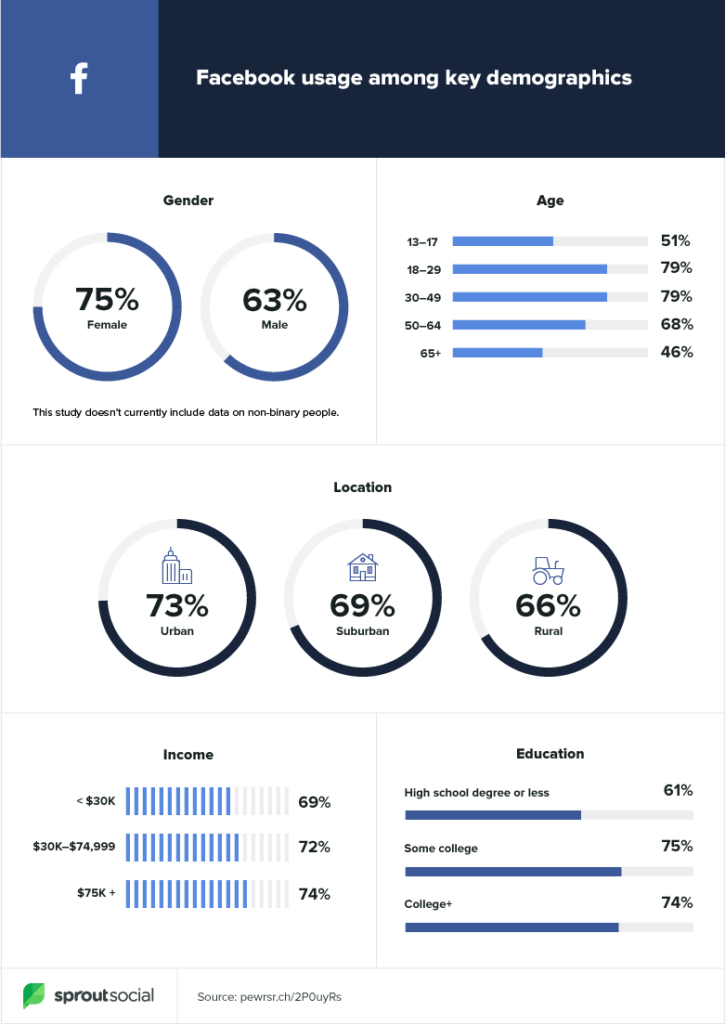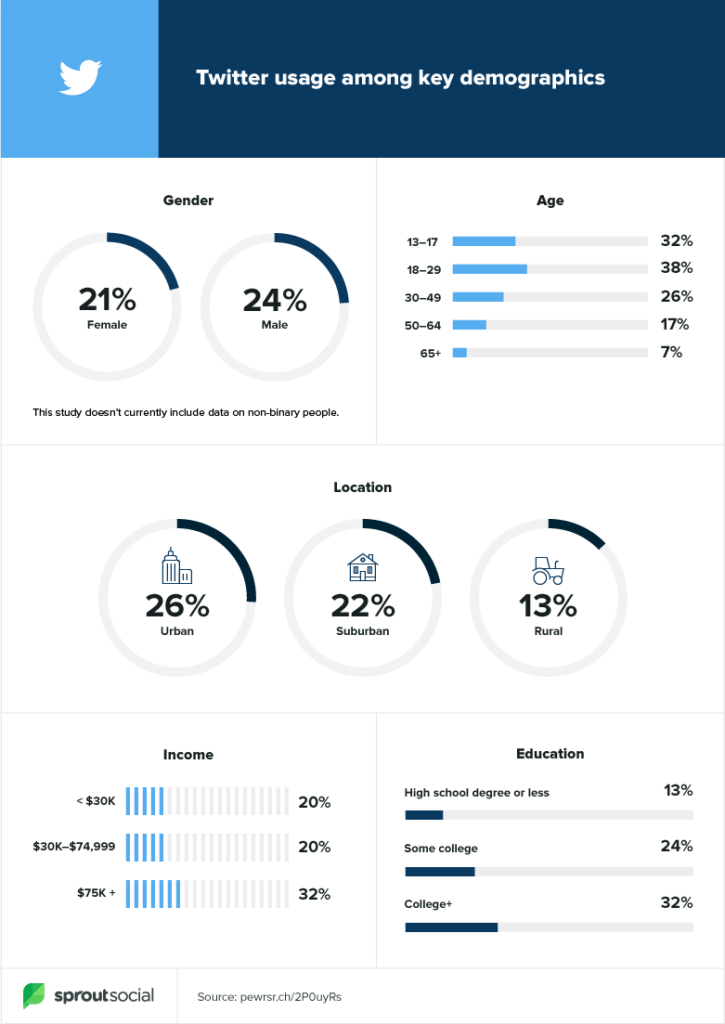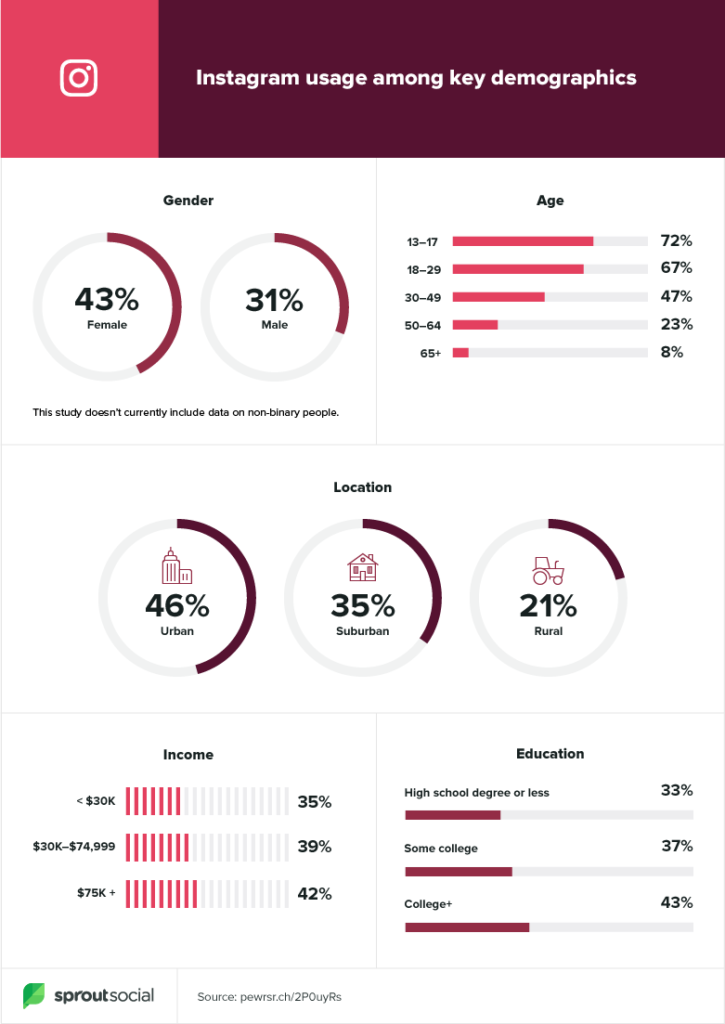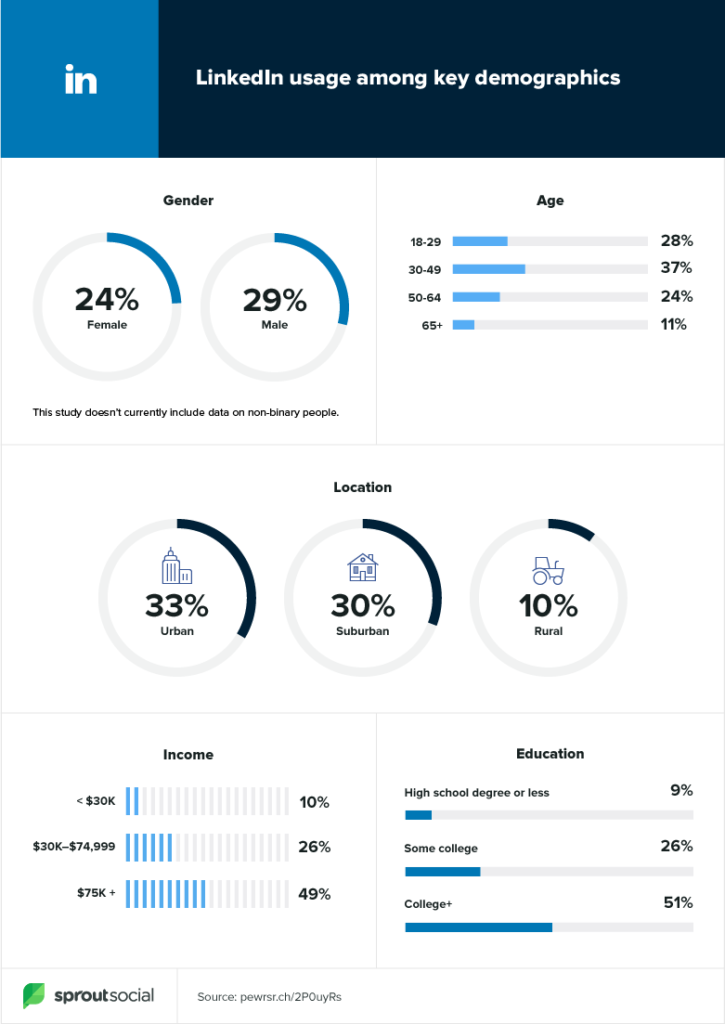It seems like just yesterday, if you wanted to have a successful social media campaign, you just had to post regularly to a Facebook account. Today, the complexity of social media platforms and their algorithms have outgrown these initial, simplistic tactics.To connect with your audience, increase your reach, and nurture more donors, organizations must carefully cater their strategies to each individual platform. One reason for this is how the culture of the platform speaks to your nonprofit brand.
Platform Culture and Brand Image
Different platforms are designed for different purposes. This becomes apparent in the kinds of content posted on each respective platform and the overall perception people have of them. Because of this, the actual selection of social media platforms defines certain aspects of your organization’s brand in the eyes of your audience. Each platform (Facebook, Instagram, Twitter, etc.) has its own brand and culture. What platforms you choose to use adds a layer of connection to your profile that says, “I’m a part of this tribe.” This is the same definition that occurs based on what events you attend, what publications you write, and what articles you share. Just like how you may attend a certain event to gain more donors and attend another to improve community awareness, each social media platform has its own strengths your organization’s brand can align with.
Currently, the big players in philanthropy are Instagram, Facebook, LinkedIn, YouTube, and Twitter. As the culture of the platform affects the brand image of the organization, certain industries are associated with certain forms of social media. A chic women’s clothing company is expected to be on Instagram. B2B services and thought leaders are expected to be on LinkedIn. And most companies with customer service are expected to have a Twitter account. What about philanthropy? Let’s take a look at some demographics to see how the nonprofit realm fits into each platform.
Facebook has the widest and largest user base with over 2.7 billion active users. Used mainly to connect with friends, families, and communities around the world, it’s great for reaching a variety of audiences—young and old, male and female. Having a Facebook Page is an industry standard. Even if the bulk of your audience engages with you on another platform, someone discovering your organization for the first time will expect to see a Facebook page. In philanthropy, especially since Facebook emphasizes connection, it can be excellent for interacting with the community through groups. Thus, having an active Facebook business page gives your organization an air of legitimacy with an inclination towards community and connection.
Although the climate has changed for businesses on Facebook with a user-focused algorithm, in general, longer-form content, emotional stories, videos, images, and shared content thrive here. This is a platform where your community would love to see employee updates, volunteer shout-outs, and impact stories with the personality of your organization shining through.
Demographics wise, roughly the same amount of men and women use Twitter in the U.S. Users tend to be highly educated, with a third making more than $75k a year. Philanthropic organizations usually do well on Twitter with these demographics and the type of content associated with the platform. The entire platform is based around short, text-based posts which allow for faster, and sometimes raw, engagement. This works well with timely content like news and customer service. For nonprofits, this equals news articles, blog posts, short infographics, business/holiday updates, and donor shout outs. It’s a good vessel for driving traffic back to your organization’s site, blog, and giving pages.
As an organization, rather than legitimacy, Twitter gives your brand an image of being relevant and responsive due to the type of content posted on the platform and the rapid nature of its news cycle. It also implies that your organization maintains some level of interactivity with users. Twitter users expect near to immediate responses to comments. To meet these expectations, organizations should seek to reply to comments or messages in a timely fashion.
When people think of Instagram, they think of younger women and aesthetically pleasing images. As a picture and short video centric channel with higher standards of media quality, philanthropic organizations using Instagram might be viewed as trendier or younger than others. Initiatives revolving around women or youth would likely receive higher engagement due to the platform’s audience. For example, Bright Pink (@bebrightpink), a national breast and ovarian health nonprofit, successfully appeals to Instagram’s demographics and platform culture through creative, high resolution imagery of young, diverse women and clean infographics. Instagram is an excellent opportunity for organizations to connect with younger demographics through impactful imagery, especially since nonprofits enjoy higher rates of engagement than any other industry on the platform. With ‘guides’ recently being implemented, organizations are also now able to organize posts into separate initiatives. This will enable more coordinated and comprehensive content to better inform audiences about the breadth and depth of initiatives.
LinkedIn provides a business-like environment where philanthropic organizations may interact with others in their industry, share professional opinions, and interact with potential hires. As reflected in the professional purpose of the platform, demographics skew towards older, highly educated, higher income individuals. This is where your decision makers, your CEO’s, and promising new upstarts live. Unlike Facebook and Instagram which have a more playful nature, LinkedIn is strictly business. This is the platform to establish yourself as a thought/industry leader through high-level owned and shared publications. Groups can also assist with this. Through groups, your organization can interact with other nonprofits as well as audience members interested in similar causes. Overall, nonprofits who have an active LinkedIn may be seen as more professional and formal.
Takeaways
Each platform is seen to have a personality, and depending on which you pick to use, your brand may also be associated with that personality. Most nonprofits have a presence on multiple platforms and employ a different strategy on each. Social media, for organizations, is not a series of rambling thoughts and activities. It’s a series of well-crafted and thoughtful positions implemented as steps towards reaching a goal. Increase donations, increase community engagement, promote new initiatives – each goal may differ from platform to platform depending on what you decide best suits your brand. To strategically connect with your audience on these platforms in the future, look to align these three factors: platform culture, brand image, and platform specific organizational goals.
Photo Credit: Canva and Sproutsocial
As a social sector communications agency, MagnifyGood specializes in elevating the marketing, PR, branding, advertising, and social media of nonprofits, foundations, and other mission-driven organizations. Looking to enhance your donor engagement, create compelling impact stories, establish a brand that aligns with your mission, or explore innovative strategies to connect with your community? Contact us here. Let’s magnify good together.

